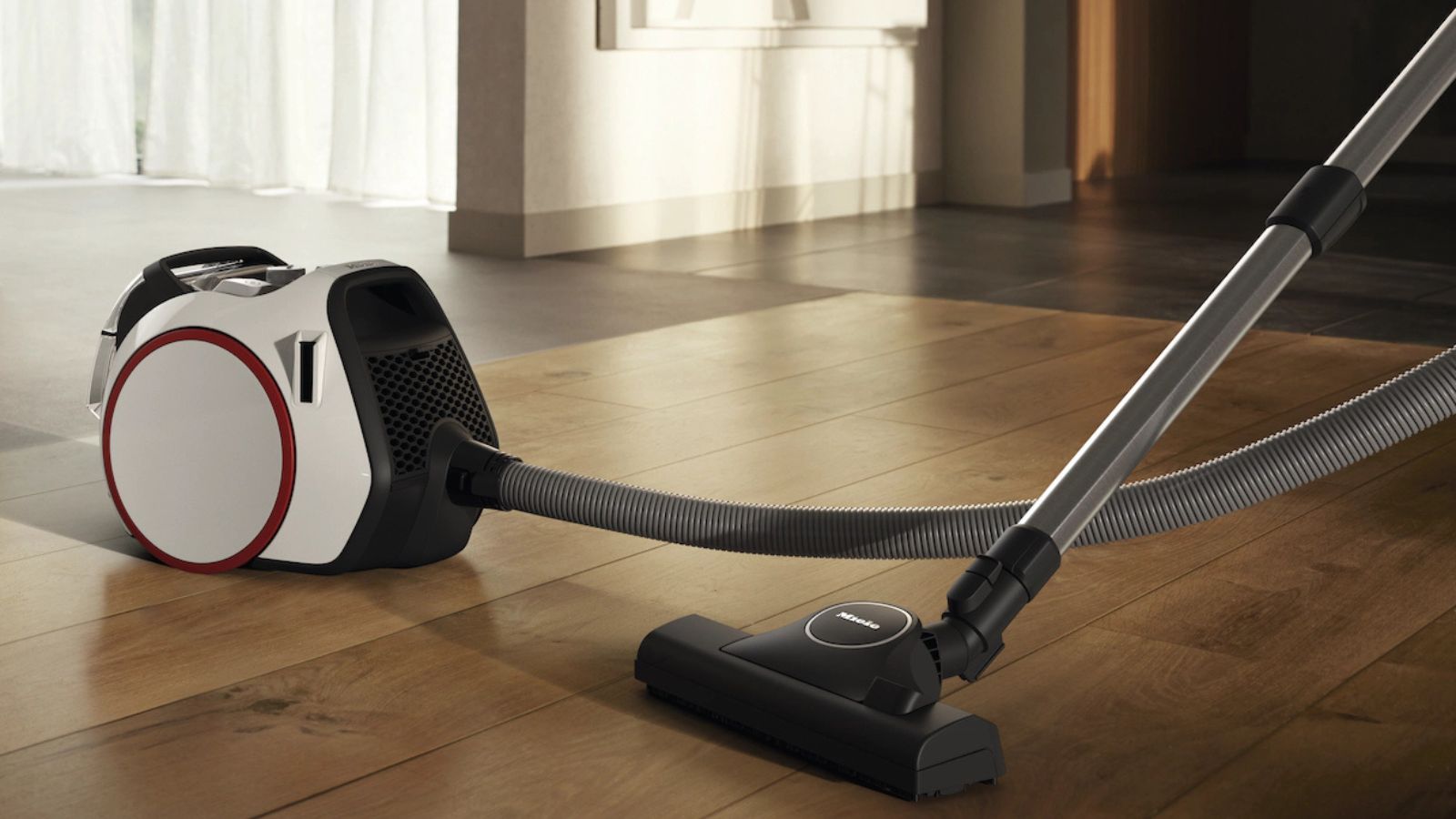
Canister vacuums are a popular choice among professional cleaners thanks to their versatility and strong cleaning power across all surfaces. They take up more space, sure, but can be a big help for large homes with a variety of messes and floor types.
Miele is one of the big names in the canister vacuum market, and the Boost CX1 is one of their mid-range offerings with vortex technology, a useful set of attachments and a sleek design.
But how well does it actually clean? I've tested 18 of the best vacuum cleaners for H&G, and for the Miele Boost CX1, I tested it in our test center, in a local pet shelter and in my own home to discover what it's capable of.
Miele Boost CX1: Specifications
Miele Boost CX1: Unboxing and setup
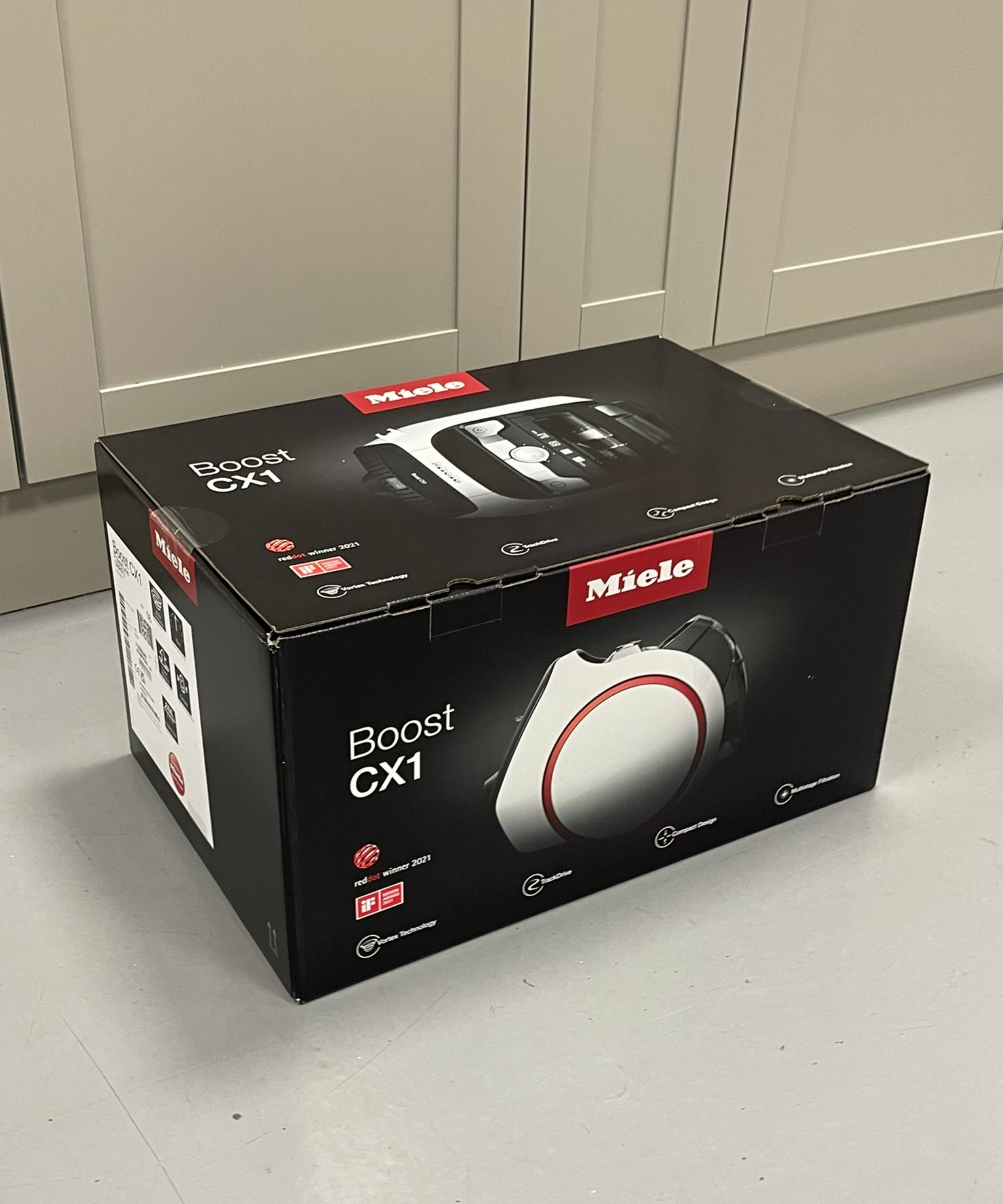
All of the separate parts of the Miele Boost CX1 attach to one another by just clicking them into place. So, it only took a minute or so to attach the vacuum, hose, handle, tube and floorhead together, then the vacuum was ready to use. The assembly instructions are clear with a visual step-by-step.
Aside from the main floorhead, the Boost CX1 comes with a crevice tool, an upholstery tool and a dusting brush.

Miele Boost CX1: Design and features
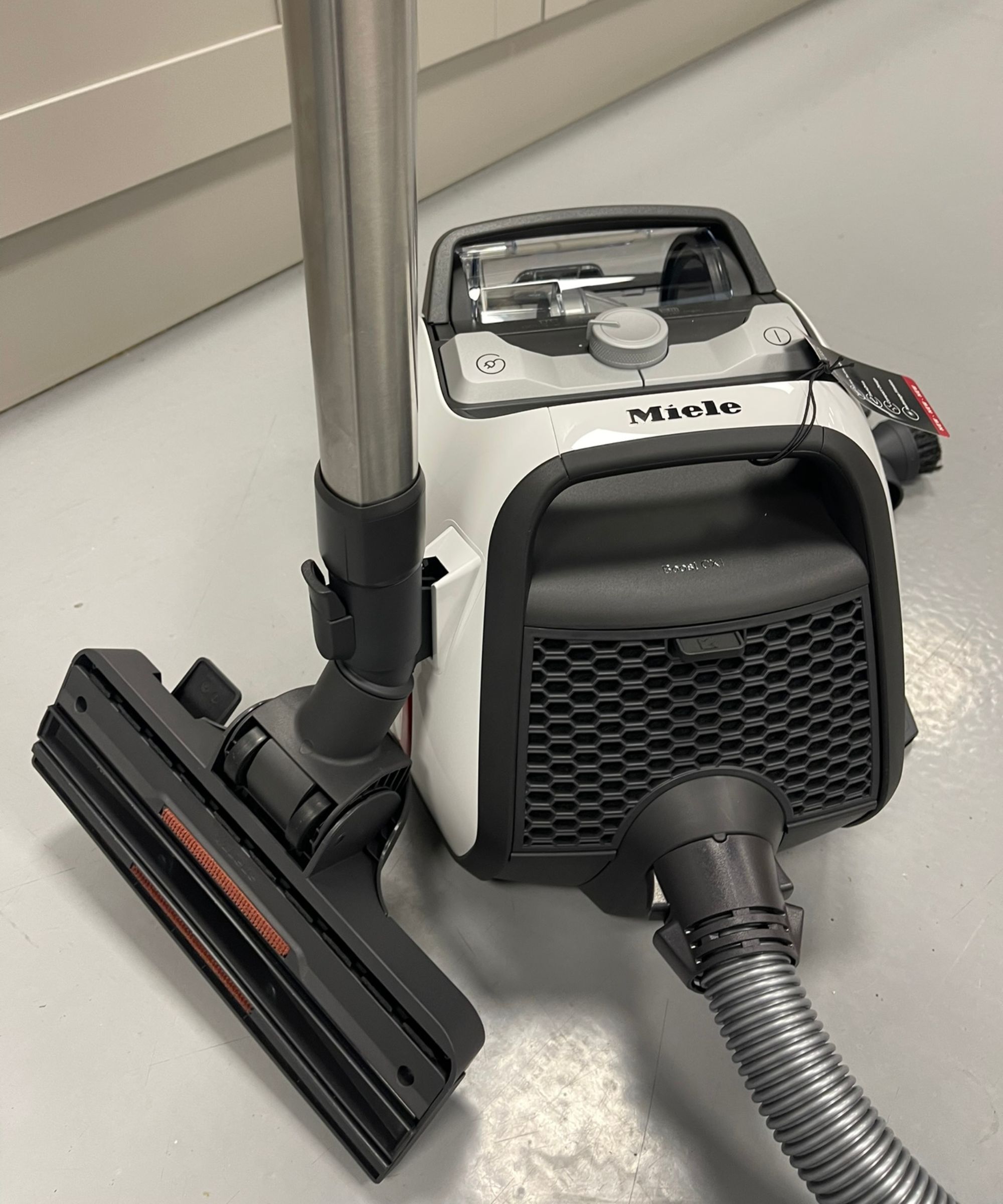
Like many of Miele's canister vacuums, the Boost CX1 uses vortex technology to create a strong airflow for powerful suction. There are four suction modes that you adjust using a dial from minimum to maximum:
- Curtains and fabric
- Cut pile carpets, rugs and runners
- Loop pile carpets and rugs
- Hard flooring and heavily soiled carpets and rugs (and upholstery and mattresses when using the upholstery nozzle)
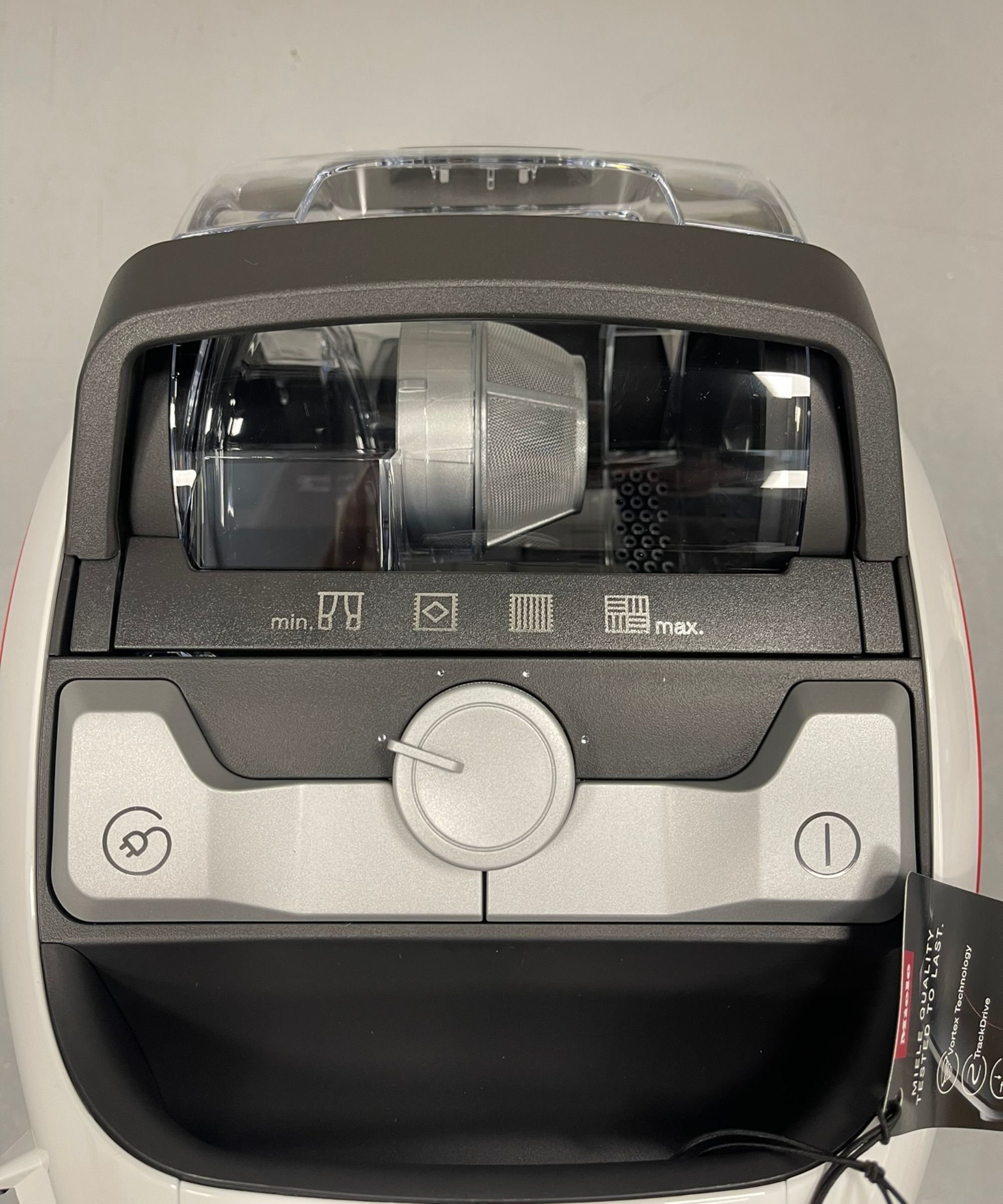
The Miele Boost CX1 only comes with one floorhead which has a foot switch for when you're cleaning carpets or hard floors, as it protrudes or retracts the brush when cleaning. It doesn't use a brushroll exactly, just a thin strip of bristles that can help scrape dirt from the floor.
It's described in the user manual as able to clean carpet, rugs and 'robust' hard flooring. It specifically mentions that you can clean 'even hard flooring which is not susceptible to scratching, as well as flooring with gaps or deep crevices in it with the brush protruding.'
I noticed this straight away as the floorhead had too many sharp edges to be considered as the best vacuum for hardwood floors. I wouldn't trust it on any delicate surface which is a shame as, for the price, you'd hope that this vacuum could be a more multi-surface vacuum.
You are able to buy additional floorheads for any Miele canister vacuum but they can be quite expensive, particularly the TurboTeQ, a personal favorite, that costs $142 by itself.
Also, this exact model doesn't use a HEPA filter and instead uses Miele's Hygiene AirClean SF-HY 60 filter. It's not a lifetime filter and needs replacing approximately once a year, but you're able to swap it out for a Miele HEPA filter at any time for $10 more than the one included. There's a full guide in the manual on knowing when and how to replace the filter.
The tube is extendable by almost double the length which works wonders when vacuuming large areas (or for getting under furniture). There's also a super handy air inlet valve on the handle that can allow a small amount of air to exit while vacuuming to avoid the floorhead suctioning itself to the floor.
Miele Boost CX1: Flour and sugar tests
I tested one cup of flour and sugar in our dedicated test center on carpet and hard flooring. It's a strong visual test to see what the vacuum can pick up, and flour and sugar acts as a proxy for dust and dead skin.
Despite having no brushroll, the Boost CX1 performed well on hard flooring. On linoleum, it cleared everything after a couple of passes, and I noticed that it vacuumed more effectively when pulling backwards (as it wasn't pushing the flour around so much). On wood, it pushed a lot into the cracks between the panels and I could only clear it all using the brush which, on other hardwood floors, I'd worry about potential damage.
On carpets I was able to see just how powerful the suction is as the floorhead suctioned itself firmly to the floor. I opened the air inlet valve and it was then much easier to maneuver, and it cleared all the mess in around five passes on the third suction mode.
Miele Boost CX1: Pantry tests
I tested one cup of cereal and lentils to find out how well the vacuum performs on larger debris and messes that are commonly found in the home.
This is unfortunately where the vacuum struggled. The floorhead isn't wide enough to fit pieces of this size and the lack of a brushroll means that they're not getting crushed down to be able to fit. So, on both carpets and hard floors, I took the floorhead off and vacuumed using just the intake nozzle, and then it worked fine. It actually, again, showed how powerful the suction is as the pieces gravitated towards it easily. It isn't difficult to remove the floorhead at all but might get tedious if you're doing it every time you clean the house.
Miele Boost CX1: Pet hair tests
I tested the Miele Boost CX1 in a local pet shelter, Bristol ARC, to test for pet hair and the messes that come from high foot traffic.
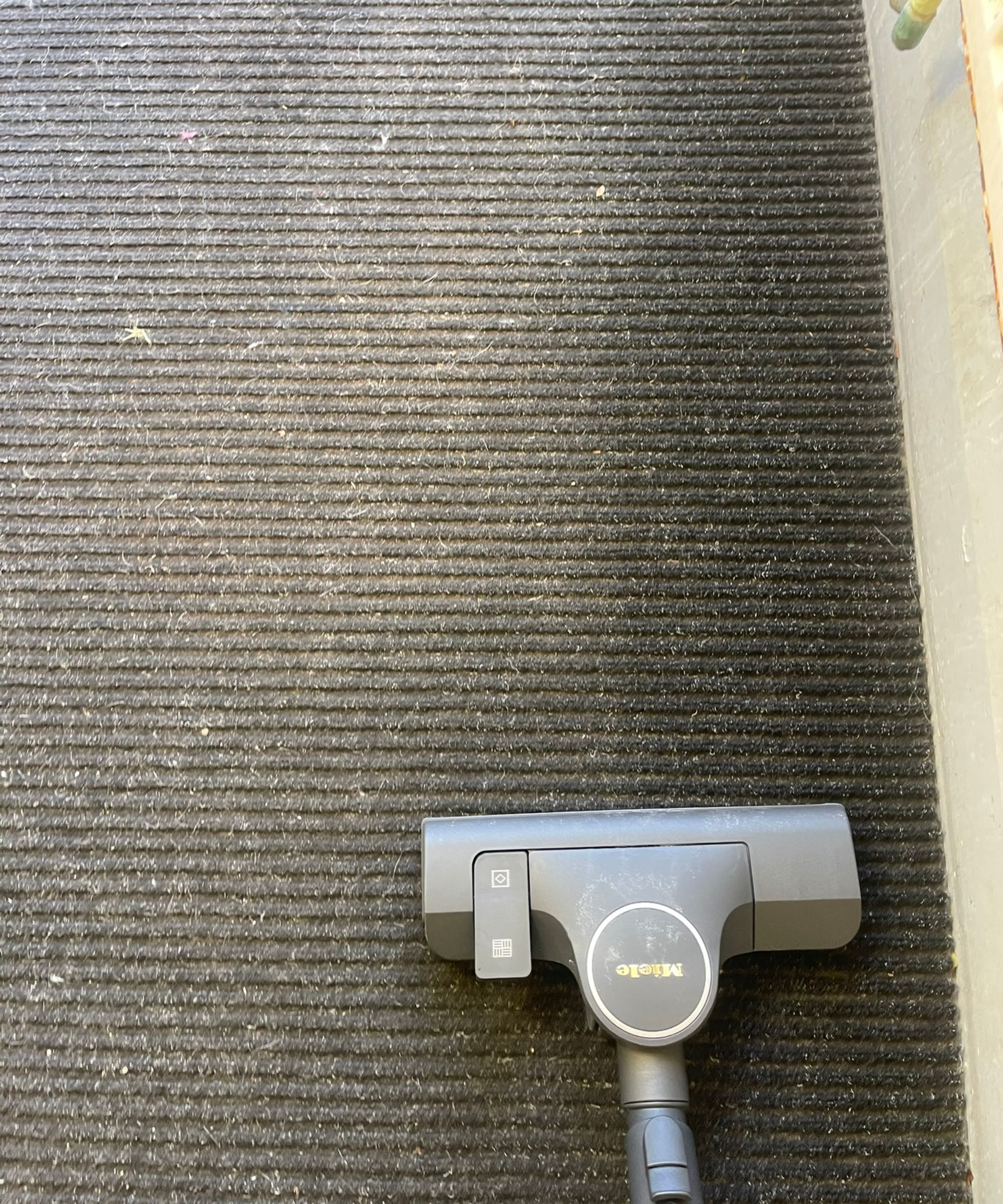
Naturally, a vacuum without a brushroll doesn't make for the best vacuum for pet hair. To be able to vacuum pet hair effectively, you need a brushroll with anti-tangle veins to pull hair from the floor which the Boost CX1 doesn't have.
I also noticed that the floorhead's wheels are quite rigid causing it to bounce around on thick carpet or move around roughly on low-pile carpet. This isn't a great reflection on how tight the suction is when cleaning, as the best vacuum for carpet needs to be able to dig dirt out from deep within the fibers.
That being said, it still cleaned pretty well, removing lots of hair from a low-pile carpet even without a motorized brush. The more stubborn hairs were left behind but the floor was mostly clean. I found the same performance when cleaning a thick rug, but I worry about how much of the finer particles like dust and dander were cleaned (a must for allergy sufferers) as the floorhead was unable to consistently stick to the floor.
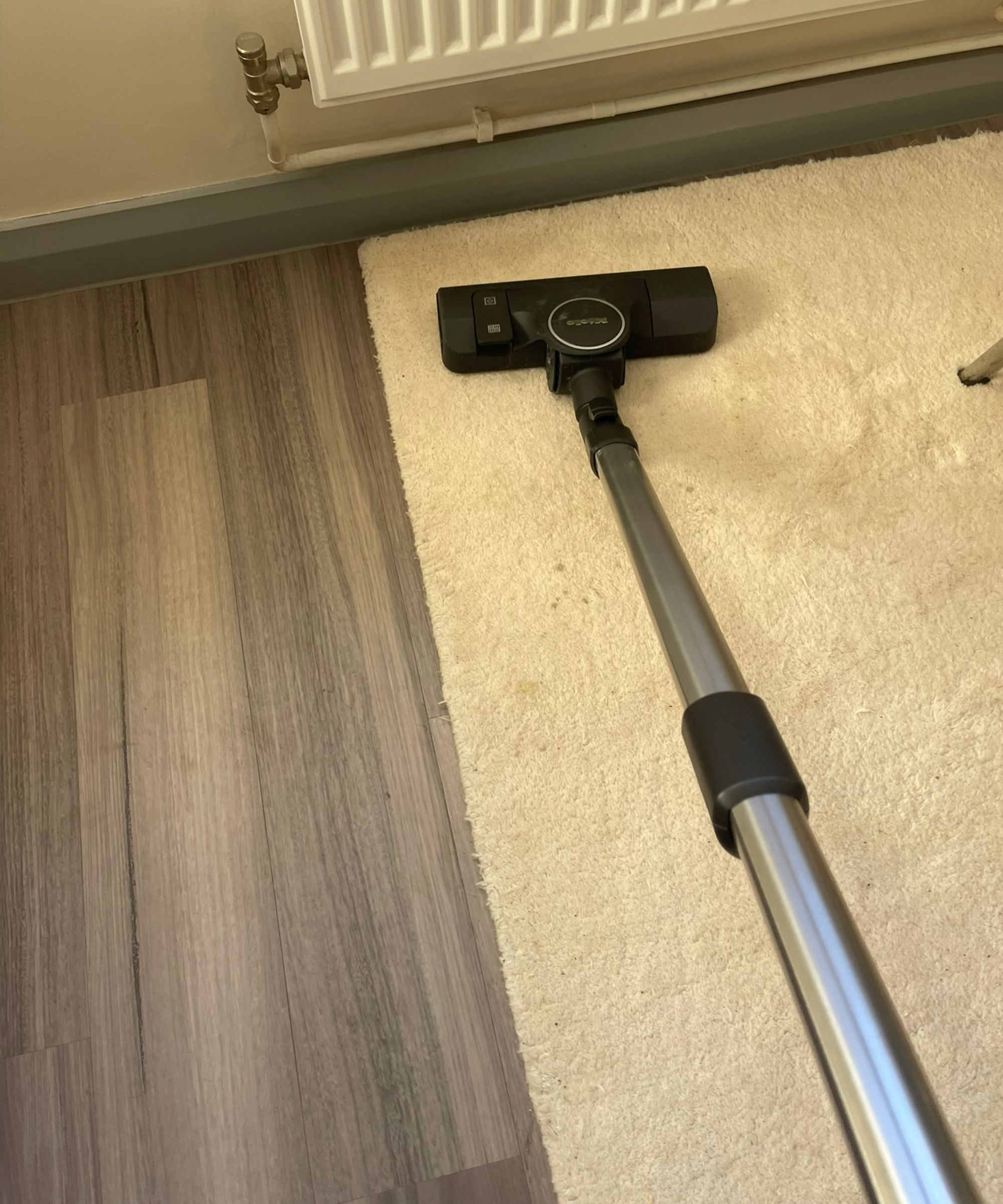
Miele Boost CX1: Attachments
I tested the Miele Boost CX1's attachments in our test center, at the pet shelter and in my own home to find out how well each one cleans.
The attachments are where the Boost CX1 really shines. Miele vacuums have powerful airflow and, when you put aside the limits of the floorhead, they're able to clean exceptionally well. The crevice tool can suck up powders from tight spaces that other vacuums have struggled with, and the upholstery tool did a great job of removing fur from the chairs and upholstery at the pet shelter.

Miele Boost CX1: Cleaning and maintenance
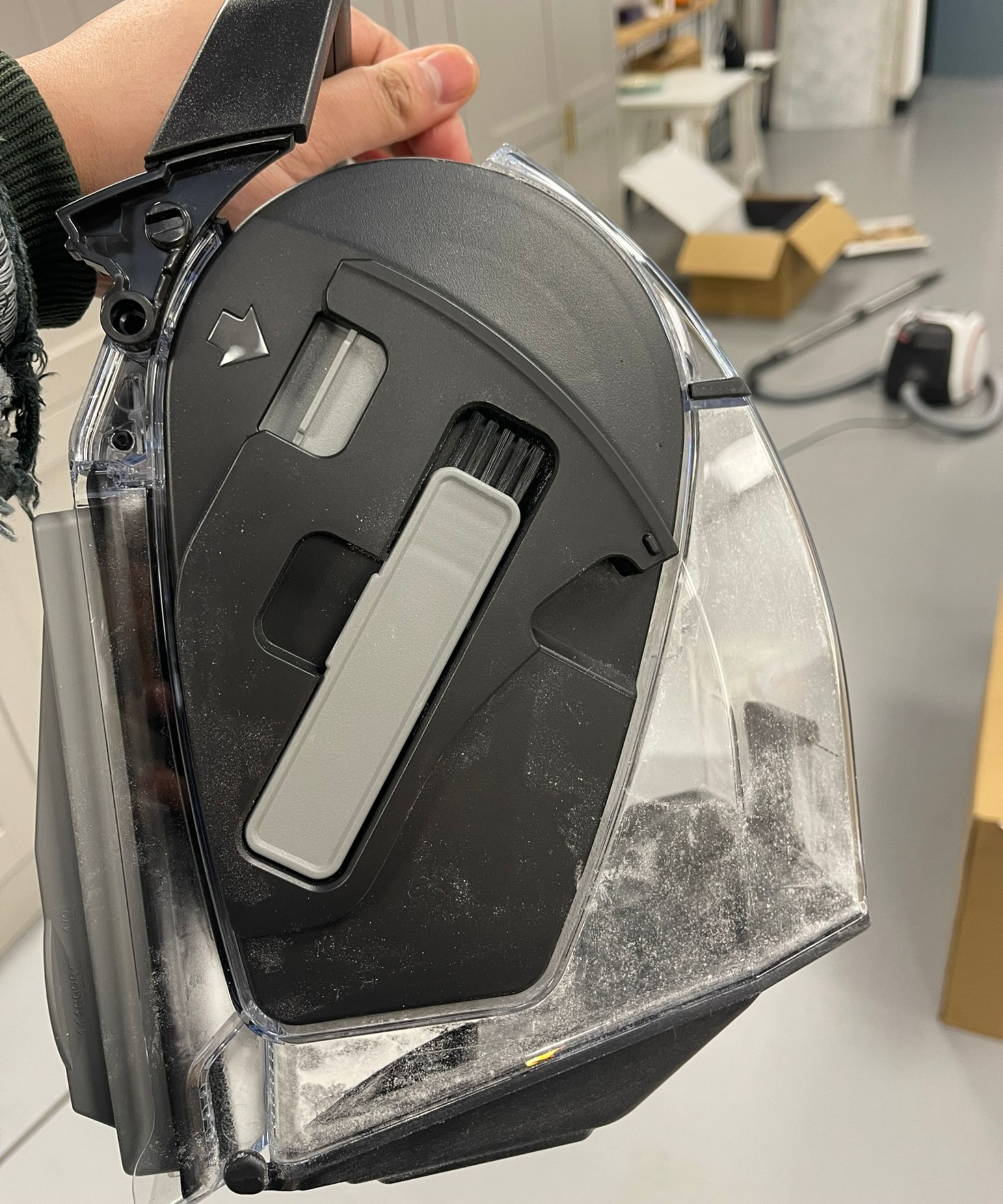
The Boost CX1 has a decent 1-liter dustbin that's easy to remove and easy to empty. Just flip a switch and the dust empties out, and from the days of vacuuming hair, dust, powders, food and dirt (and emptying it multiple times) nothing ever got stuck inside. There's a handy brush attached to the dustbin too for scraping away any mess.
There are also clear instructions in the manual on how to clean the filter if necessary, and when and how to replace it.
Miele Boost CX1: My verdict
The Miele Boost CX1 has the potential to be an excellent vacuum cleaner with powerful suction, adjustable parts and four modes for versatile cleaning. But it falls short because of the limitations of the floorhead, not quite being a good fit for hardwood floors with its harsh design or carpets because of the lack of a brushroll.
It's certainly powerful and can clean up messes on smooth, sturdy surfaces (especially when using the attachments), but I'd recommend getting a different Miele floorhead if you're choosing to go for this canister vacuum.
Next, check out our guide to the best upright vacuums for similar cleaning power in more self-contained designs.







